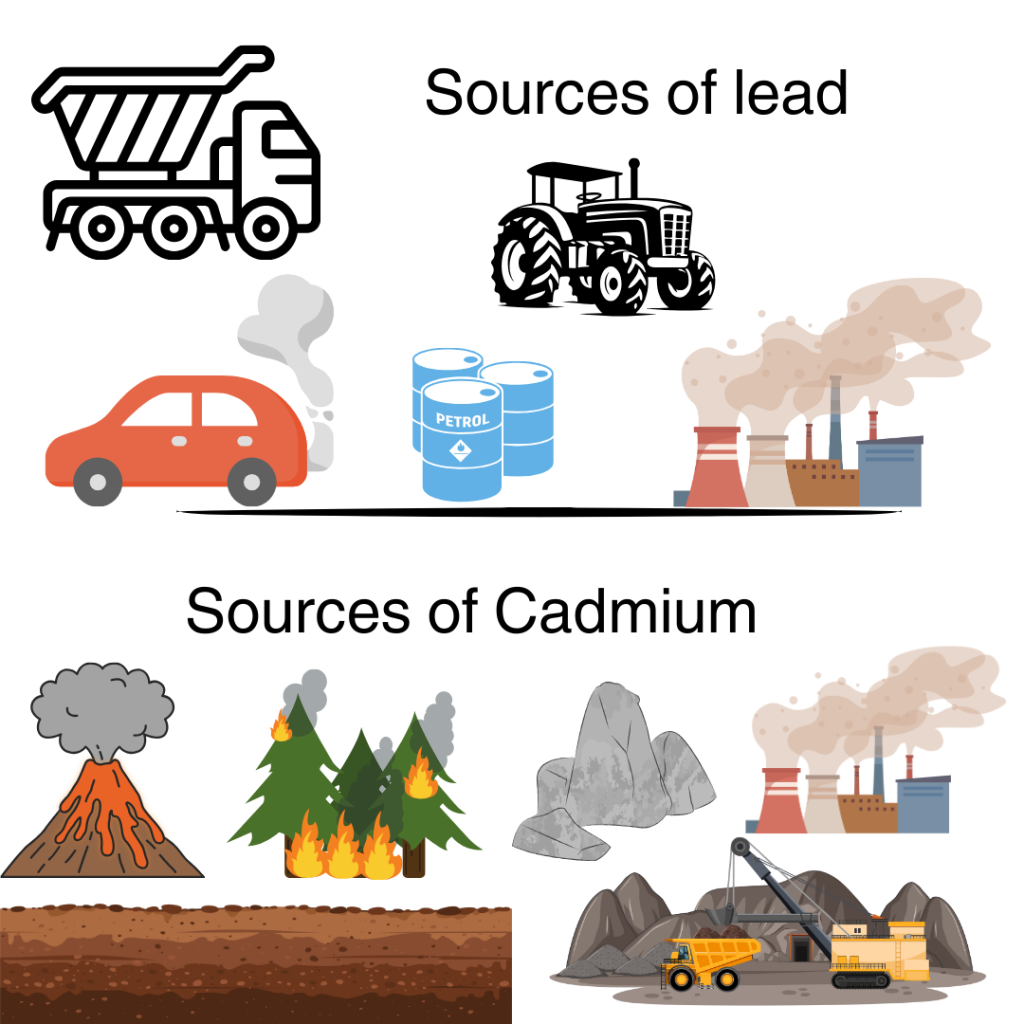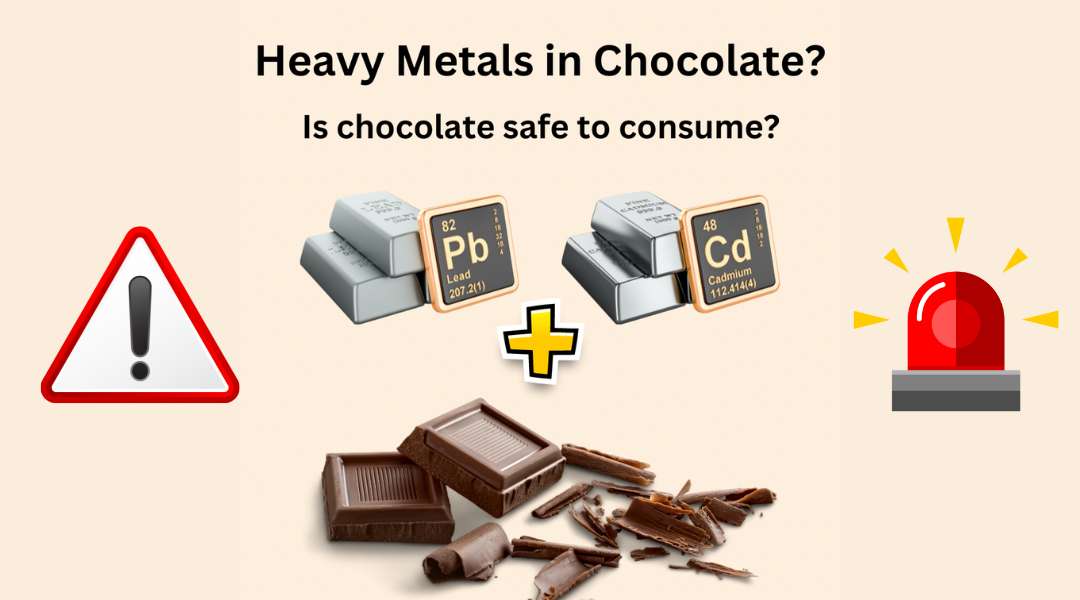Chocolate has gotten a bad reputation over the past couple of years, and deservedly so, about the concern of heavy metals. And this is a very valid concern. Many chocolate companies had significantly higher than safely consumable levels of lead and cadmium in them that you have been unknowingly consuming for most of your life. This isn’t your fault though, as much of the food industry has this issue.
One of the most pervasive problems with agriculture is we’ll never escape how consumers believe that labels are an indication of quality (*cough* organic *cough*). Chocolate companies like Alter Eco, Hu Chocolate, Theo, and Green & Black all proudly promote their chocolate as healthy, organic, and ethically-sourced. While some of this may be true, such as organic farming methods and ethically harvesting the cacao, this still does not equate to quality or safety as indicated by the dangerous amounts of contamination found in their chocolate.
How does Heavy Metal Get Into Chocolate?
Lead typically enters chocolate after the cacao has been harvested, but can also enter the plant from contaminated soil. Cadmium usually enters cacao from contaminated soil, while only occasionally from external sources. The primary source of lead contamination in cacao is leaded fuel emissions from vehicles, equipment, and factories. The dust from leaded emissions coat every step in cacao harvesting starting from the soil to drying sheds and eventually the fermentation.
Each chain of cacao processing is exposed to dangerous levels of lead contamination. Unlike lead, cadmium is a more natural source of contamination that originates in the soil and can be difficult, if not impossible, to remove without extensive regenerative forestry. Cadmium can enter from external sources if the cacao plantation is near a quarry or factory that harvests and processes raw cadmium from the earth.

Since lead exposure is post-harvest, chocolate companies could reduce their lead exposure quite easily by switching to cleaner fuel. However, cadmium still remains a problem since it is the soil that is contaminated. One of the proposed methods to reduce cadmium in chocolate is to destroy older trees and transplanting new ones that haven’t had cadmium exposure. Younger trees will have less accumulation of cadmium. A proposed long term fix is by introducing other elements/minerals into the soil to offset the absorption of cadmium such as zinc-based fertilizers or by increasing soil pH. A higher pH makes soil more alkalize which can reduce the bioavailability of heavy metals and subsequently reduce the binding of cadmium to organic materials (i.e. the cacao trees).
How Much Lead and Cadmium are in Chocolate?
Chocolate should contain no more than 0.5mcg of lead per gram of chocolate and no more than 4.1mcg of cadmium per gram. It’s common to see chocolate companies contain over 2mcg of lead per gram and 10mcg of cadmium per gram of chocolate. What this means is if a chocolate bar weighs 85 grams and contains 0.1mcg of lead, the whole bar will contain 8.5mcg of lead or 17x your daily maximum allowance.
Using some real life examples, Hu Chocolate contains 0.035mcg of lead per gram of chocolate. Their chocolate bars weigh 60g which means a whole Hu Chocolate bar contains 2.1mcg of lead or 4.2x your maximum allowance. You can read more about my review on Hu Chocolate here.
Another popular example is Alter Eco and cadmium contamination. Their chocolate bar was measured to have 0.34mcg of cadmium per gram of chocolate. In an entire 65g of Alter Eco Blackout chocolate bar contains 22mcg of cadmium, or 5.4x your daily maximum allowance. Very, very high numbers.
Just as a disclosure, there’s almost no such thing as contamination free chocolate, or any agricultural product for that matter. All food contains a grocery list of carcinogenic contaminants that we cannot avoid. The average American diet will reach their lead limit via wheat products and starch vegetables, for example. Unfortunately, chocolate is not a major food group and not required for a healthy diet so it’s best to avoid any additional contamination to your diet when possible. That’s why it’s important to support companies that ethically source their cacao and take measures to reduce contamination.
What Companies Sell Reduced Heavy Metal Chocolate?
Here’s a list of carefully researched chocolate companies that are lower in heavy metal contamination: Mast Chocolate; Ghirardelli; Taza Chocolate; and Valrhona. These companies have shown to have lower rates of contamination and are more transparent about their cacao process than most other companies.





Can you list the cadmium mcgs for the recommended companies?
A majority of companies do not list their metal testings and some of which that do usually test over the limit. My cocoa powder guide extends to the recommended companies’ chocolate bars since metal is tested as the bean level, so if anything metal will be lower in the chocolate bar that contains sugars than it would in ceremonial cacaos.